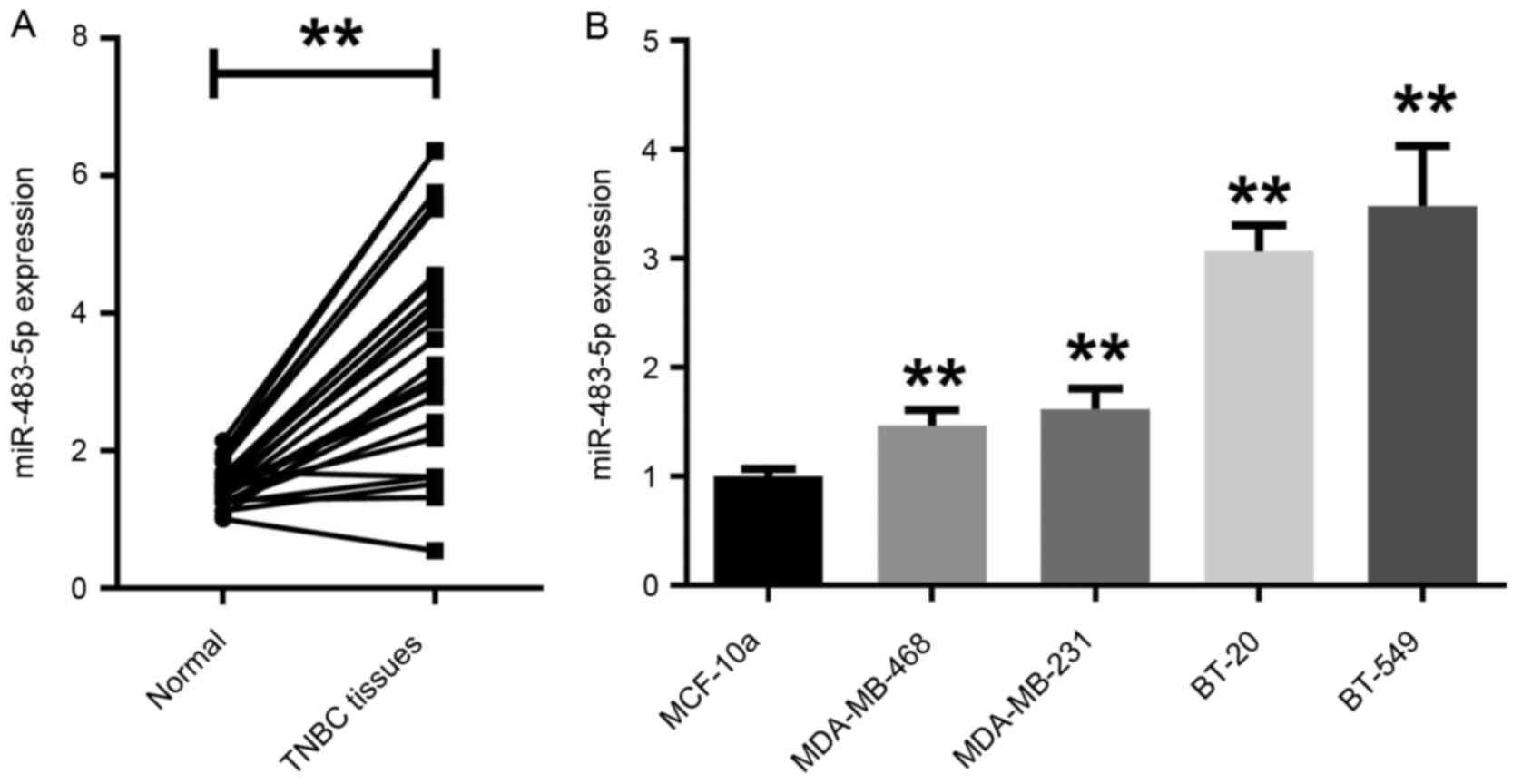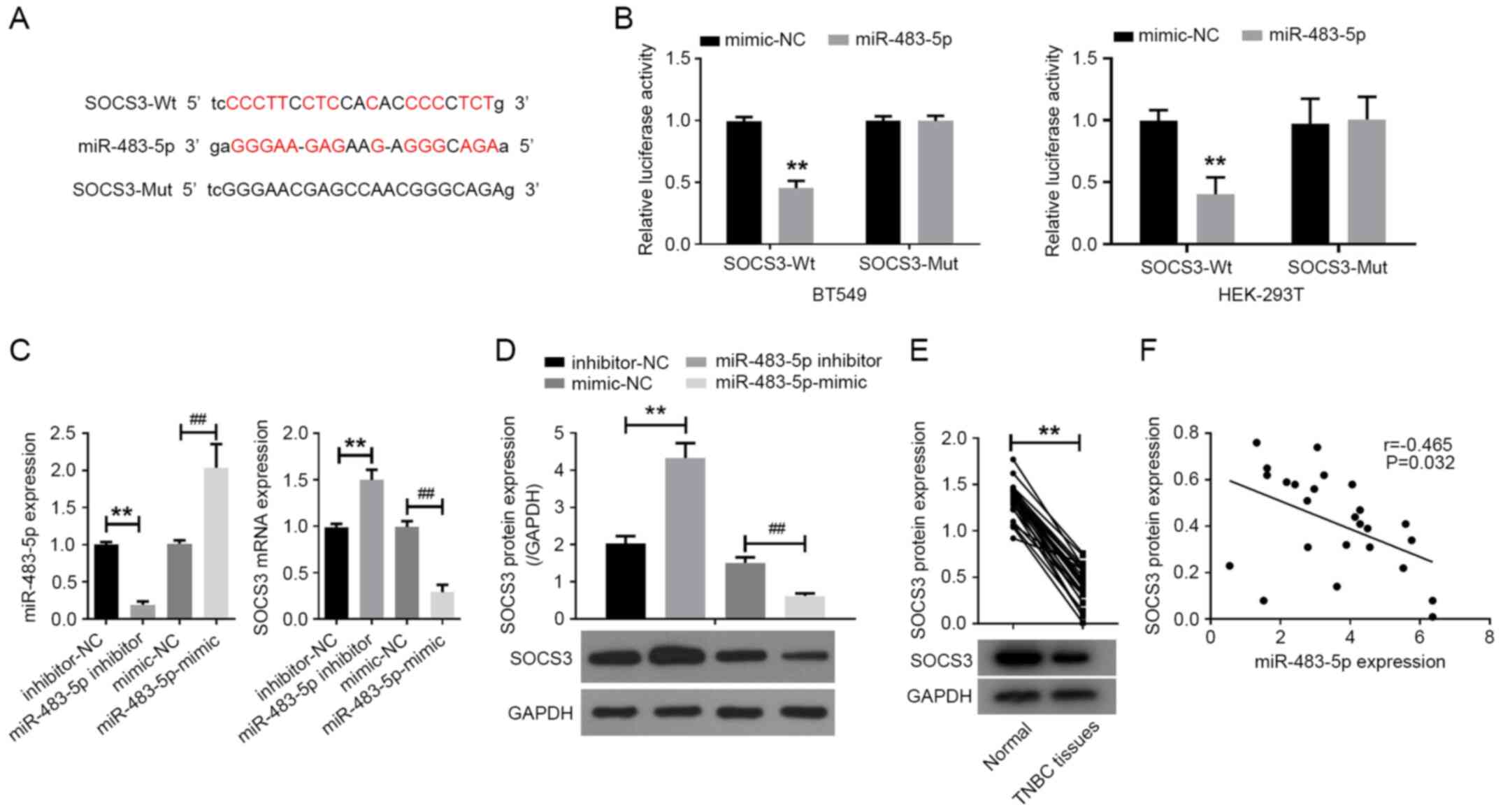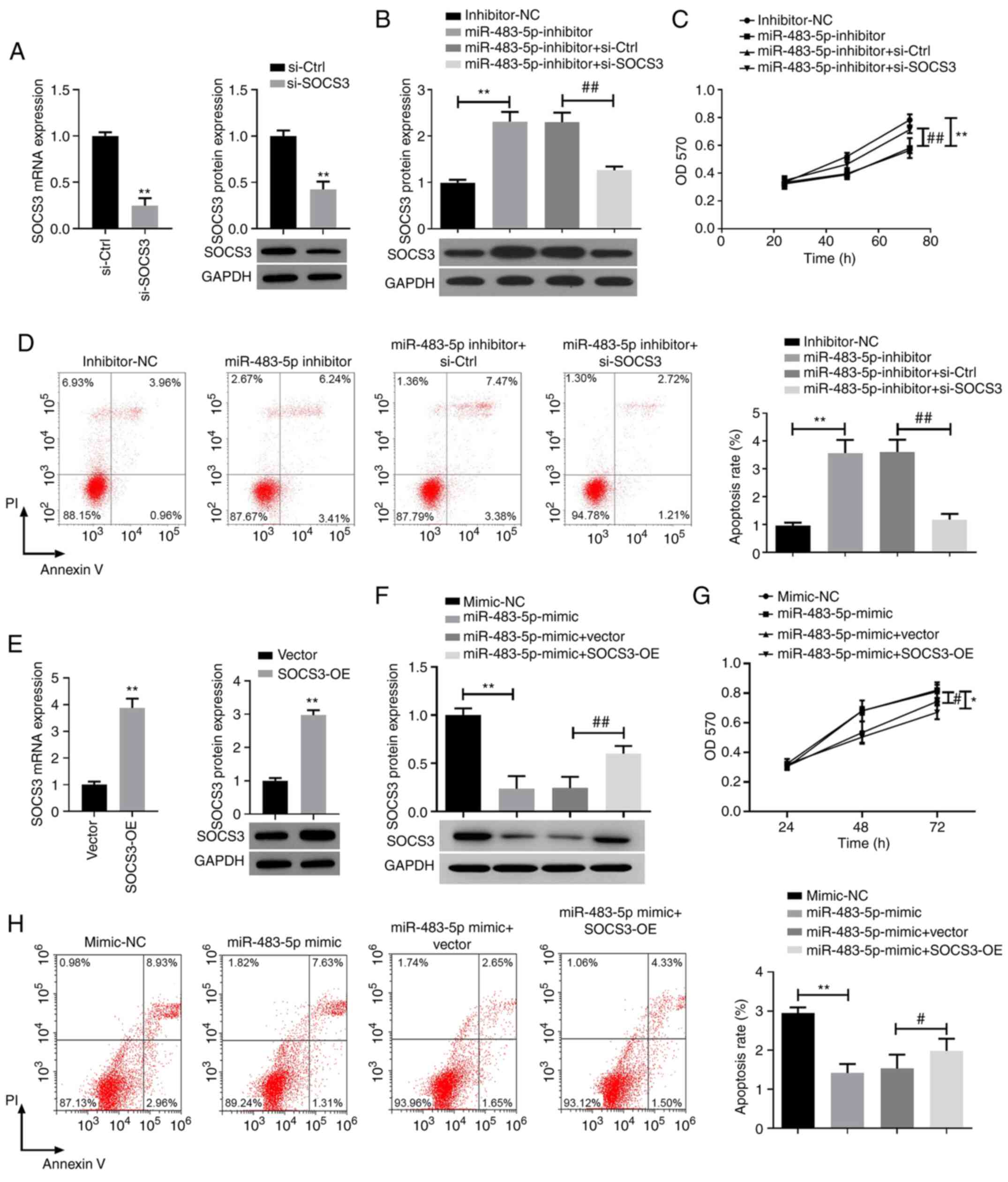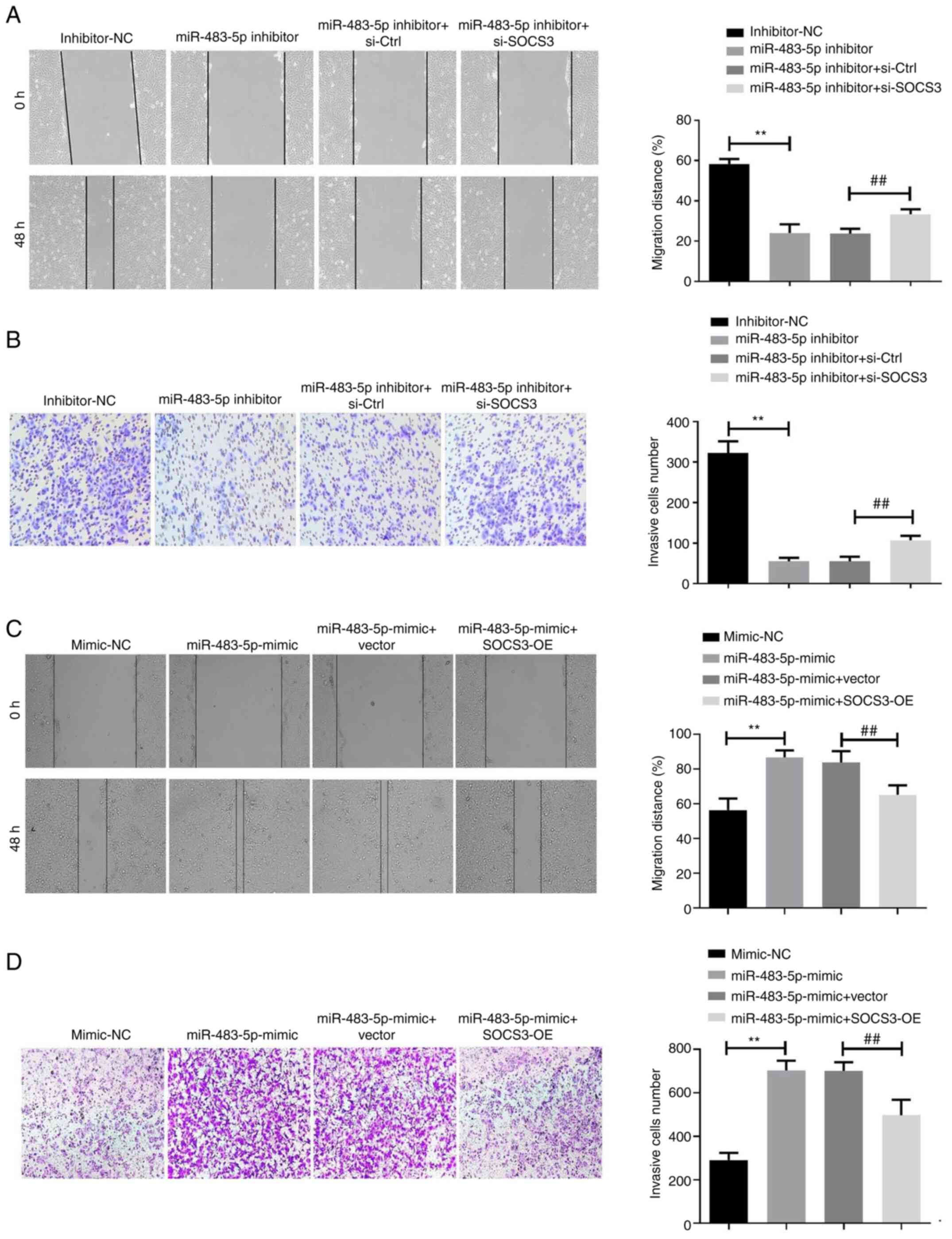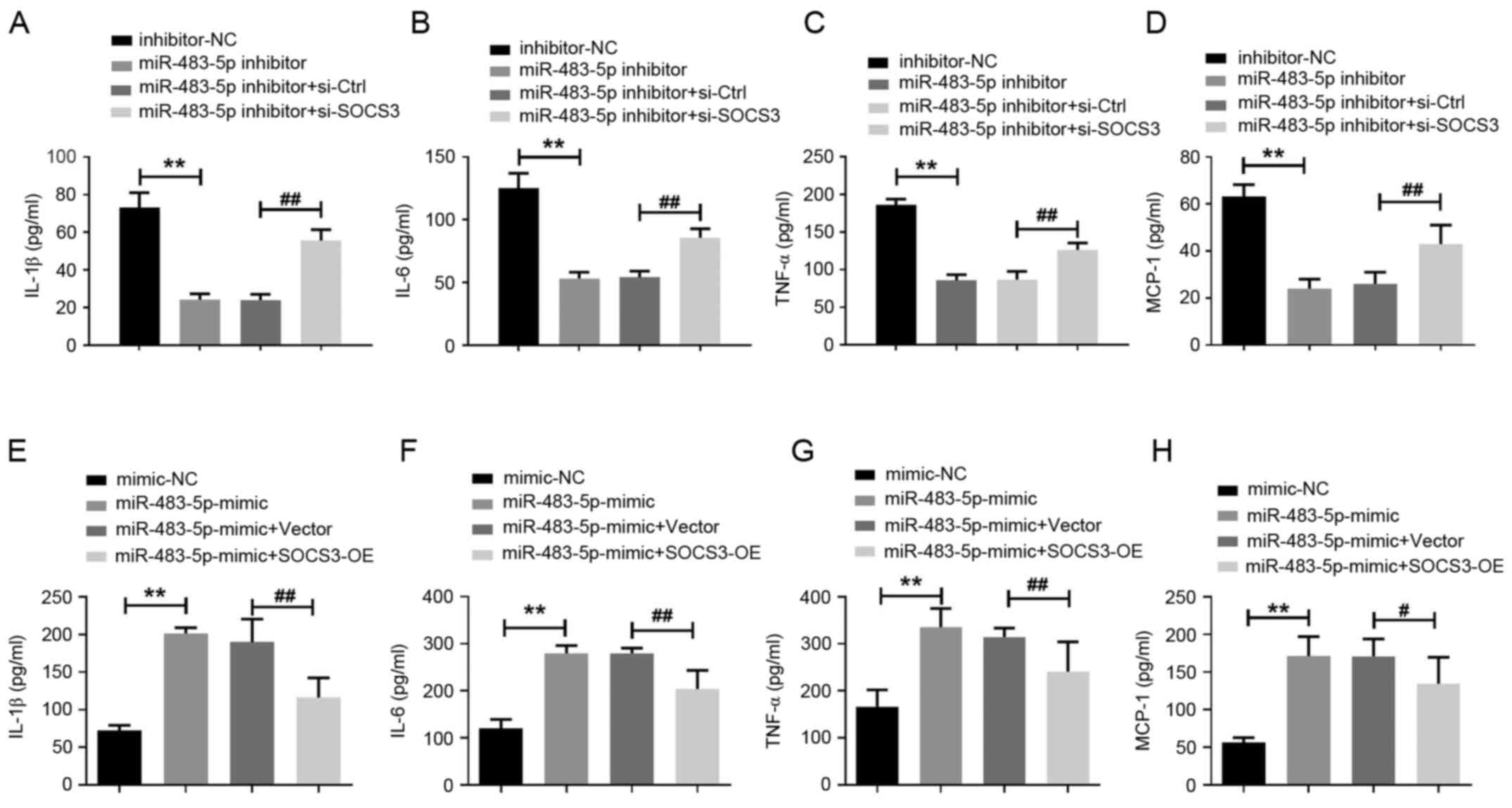|
1
|
Domínguez F, Maycotte P, Acosta-Casique A,
Rodríguez-Rodríguez S, Moreno DA, Ferreres F, Flores-Alonso JC,
Delgado-López MG, Pérez-Santos M and Anaya-Ruiz Μ: Bursera
copallifera Extracts have cytotoxic and migration-inhibitory
effects in breast cancer cell lines. Integr Cancer Ther.
17:654–664. 2018.PubMed/NCBI View Article : Google Scholar
|
|
2
|
Geenen JJJ, Linn SC, Beijnen JH and
Schellens JH: PARP inhibitors in the treatment of triple-negative
breast cancer. Clin Pharmacokinet. 57:427–437. 2018.PubMed/NCBI View Article : Google Scholar
|
|
3
|
Liu J, Shi Z, Bai Y, Liu L and Cheng K:
Prognostic significance of systemic immune-inflammation index in
triple-negative breast cancer. Cancer Manag Res. 11:4471–4480.
2019.PubMed/NCBI View Article : Google Scholar
|
|
4
|
Paul S, Reyes PR, Garza BS and Sharma A:
MicroRNAs and child neuropsychiatric disorders: A Brief Review.
Neurochem Res. 45:232–40. 2020.PubMed/NCBI View Article : Google Scholar
|
|
5
|
Dai W, Lu H, Yang F, Dong H and Zhang X:
Accurate detection of intracellular microRNAs using functional Mo2C
quantum dots nanoprobe. Chem Commun (Camb). 55:10615–10618.
2019.PubMed/NCBI View Article : Google Scholar
|
|
6
|
Li H, He C, Wang X, Wang H, Nan G and Fang
L: MicroRNA-183 affects the development of gastric cancer by
regulating autophagy via MALAT1-miR-183-SIRT1 axis and
PI3K/AKT/mTOR signals. Artif Cells Nanomed Biotechnol.
47:3163–3171. 2019.PubMed/NCBI View Article : Google Scholar
|
|
7
|
Lou Q, Liu R, Yang X, Li W, Huang L, Wei
L, Tan H, Xiang N, Chan K, Chen J, et al: miR-448 targets IDO1 and
regulates CD8+ T cell response in human colon cancer. J
Immunother Cancer. 7(210)2019.PubMed/NCBI View Article : Google Scholar
|
|
8
|
Ma L, Teruya-Feldstein J and Weinberg RA:
Tumour invasion and metastasis initiated by microRNA-10b in breast
cancer. Nature. 449:682–688. 2007.PubMed/NCBI View Article : Google Scholar
|
|
9
|
Sahraei M, Chaube B, Liu Y, Sun J, Kaplan
A, Price NL, Ding W, Oyaghire S, García-Milian R, Mehta S, et al:
Suppressing miR-21 activity in tumor-associated macrophages
promotes an antitumor immune response. J Clin Invest.
129:5518–5536. 2019.PubMed/NCBI View Article : Google Scholar
|
|
10
|
Li H, Bian C, Liao L, Li J and Zhao RC:
miR-17-5p promotes human breast cancer cell migration and invasion
through suppression of HBP1. Breast Cancer Res Treat. 126:565–575.
2011.PubMed/NCBI View Article : Google Scholar
|
|
11
|
Reinhart BJ, Slack FJ, Basson M,
Pasquinelli AE, Bettinger JC, Rougvie AE, Horvitz HR and Ruvkun G:
The 21-nucleotide let-7 RNA regulates developmental timing in
Caenorhabditis elegans. Nature. 403:901–906. 2000.PubMed/NCBI View
Article : Google Scholar
|
|
12
|
Gao Y, Zhang W, Liu C and Li G: miR-200
affects tamoxifen resistance in breast cancer cells through
regulation of MYB. Sci Rep. 9(18844)2019.PubMed/NCBI View Article : Google Scholar
|
|
13
|
Girardot M, Cavaillé J and Feil R: Small
regulatory RNAs controlled by genomic imprinting and their
contribution to human disease. Epigenetics. 7:1341–1348.
2012.PubMed/NCBI View Article : Google Scholar
|
|
14
|
Soon PS, Tacon LJ, Gill AJ, Bambach CP,
Sywak MS, Campbell PR, Yeh MW, Wong SG, Clifton-Bligh RJ, Robinson
BG, et al: miR-195 and miR-483-5p identified as predictors of poor
prognosis in adrenocortical cancer. Clin Cancer Res. 15:7684–7692.
2009.PubMed/NCBI View Article : Google Scholar
|
|
15
|
Song Q, Xu Y, Yang C, Chen Z, Jia C, Chen
J, Zhang Y, Lai P, Fan X, Zhou X, et al: miR-483-5p promotes
invasion and metastasis of lung adenocarcinoma by targeting RhoGDI1
and ALCAM. Cancer Res. 74:3031–3042. 2014.PubMed/NCBI View Article : Google Scholar
|
|
16
|
Livak KJ and Schmittgen TD: Analysis of
relative gene expression data using real-time quantitative PCR and
the 2(-Delta Delta C(T)) method. Methods. 25:402–408.
2001.PubMed/NCBI View Article : Google Scholar
|
|
17
|
Meirson T and Gil-Henn H: Targeting
invadopodia for blocking breast cancer metastasis. Drug Resist
Updat. 39:1–17. 2018.PubMed/NCBI View Article : Google Scholar
|
|
18
|
De Sanctis V, Agolli L, Visco V, Monaco F,
Muni R, Spagnoli A, Campanella B, Valeriani M, Minniti G, Osti MF,
et al: Cytokines, fatigue, and cutaneous erythema in early stage
breast cancer patients receiving adjuvant radiation therapy. Biomed
Res Int. 2014(523568)2014.PubMed/NCBI View Article : Google Scholar
|
|
19
|
Zhang H, Shi X, Chang W, Li Y and Wang L
and Wang L: Epigenetic alterations of the Igf2 promoter and the
effect of miR 483 5p on its target gene expression in esophageal
squamous cell carcinoma. Mol Med Rep. 17:2251–2256. 2018.PubMed/NCBI View Article : Google Scholar
|
|
20
|
Wang L, Shi M, Hou S, Ding B, Liu L, Ji X,
Zhang J and Deng Y: MiR-483-5p suppresses the proliferation of
glioma cells via directly targeting ERK1. FEBS Lett. 586:1312–1317.
2012.PubMed/NCBI View Article : Google Scholar
|
|
21
|
Lemberger M, Loewenstein S, Lubezky N,
Nizri E, Pasmanik-Chor M, Barazovsky E, Klausner JM and Lahat G:
MicroRNA profiling of pancreatic ductal adenocarcinoma (PDAC)
reveals signature expression related to lymph node metastasis.
Oncotarget. 10:2644–2656. 2019.PubMed/NCBI View Article : Google Scholar
|
|
22
|
Blenkiron C, Goldstein LD, Thorne NP,
Spiteri I, Chin SF, Dunning MJ, Barbosa-Morais NL, Teschendorff AE,
Green AR, Ellis IO, et al: MicroRNA expression profiling of human
breast cancer identifies new markers of tumor subtype. Genome Biol.
8(R214)2007.PubMed/NCBI View Article : Google Scholar
|
|
23
|
Conteduca V, Caffo O, Galli L, Maugeri A,
Scarpi E, Maines F, Chiuri VE, Cristian Lolli C, Kinspergher S,
Schepisi G, et al: Association among metabolic syndrome,
inflammation, and survival in prostate cancer. Urol Oncol.
36:240.e1–.e11. 2018.PubMed/NCBI View Article : Google Scholar
|
|
24
|
Garbers C and Rose-John S: Dissecting
interleukin-6 classic-and trans-signaling in inflammation and
cancer. Methods Mol Biol. 1725:127–140. 2018.PubMed/NCBI View Article : Google Scholar
|
|
25
|
Kim G, Ouzounova M, Quraishi AA, Davis A,
Tawakkol N, Clouthier SG, Malik F, Paulson AK, D'Angelo RC, Korkaya
S, et al: SOCS3-mediated regulation of inflammatory cytokines in
PTEN and p53 inactivated triple negative breast cancer model.
Oncogene. 34:671–680. 2015.PubMed/NCBI View Article : Google Scholar
|
|
26
|
Klepsch O, Namer LS, Köhler N, Kaempfer R,
Dittrich A and Schaper F: Intragenic regulation of SOCS3 isoforms.
Cell Commun Signal. 17(70)2019.PubMed/NCBI View Article : Google Scholar
|
|
27
|
Li H, Zhang B, Ding M, Lu S, Zhou H, Sun
D, Wu G and Gan X: C1QTNF1-AS1 regulates the occurrence and
development of hepatocellular carcinoma by regulating
miR-221-3p/SOCS3. Hepatol Int. 13:277–292. 2019.PubMed/NCBI View Article : Google Scholar
|
|
28
|
Singh S, Chouhan S, Mohammad N and Bhat
MK: Resistin causes G1 arrest in colon cancer cells through
upregulation of SOCS3. FEBS Lett. 591:1371–1382. 2017.PubMed/NCBI View Article : Google Scholar
|
|
29
|
Li MZ, Lai DH, Zhao HB, Chen Z, Huang QX
and Situ J: SOCS3 overexpression enhances ADM resistance in bladder
cancer T24 cells. Eur Rev Med Pharmacol Sci. 21:3005–3011.
2017.PubMed/NCBI
|
|
30
|
Muhammad N, Bhattacharya S, Steele R and
Ray RB: Anti-miR-203 suppresses ER-positive breast cancer growth
and stemness by targeting SOCS3. Oncotarget. 7:58595–58605.
2016.PubMed/NCBI View Article : Google Scholar
|
|
31
|
Christopher AF, Gupta M and Bansal P:
Micronome revealed miR-19a/b as key regulator of SOCS3 during
cancer related inflammation of oral squamous cell carcinoma. Gene.
594:30–40. 2016.PubMed/NCBI View Article : Google Scholar
|
|
32
|
Zakaria N, Mohd Yusoff N, Zakaria Z,
Widera D and Yahaya BH: Inhibition of NF-κB signaling reduces the
stemness characteristics of lung ccancer stem cells. Front Oncol.
8(166)2018.PubMed/NCBI View Article : Google Scholar
|
|
33
|
Zhang X, Wan Q and Xu TS: Effect of
Grain-moxibustion on IL-6 and STAT 3 in inflammatory
microenvironment of Lewis lung cancer mice. Zhen Ci Yan Jiu.
42:235–239. 2017.PubMed/NCBI(In Chinese).
|
|
34
|
Chen L, Heikkinen L, Wang C, Yang Y, Sun H
and Wong G: Trends in the development of miRNA bioinformatics
tools. Brief Bioinform. 20:1836–1852. 2019.PubMed/NCBI View Article : Google Scholar
|















